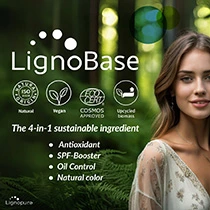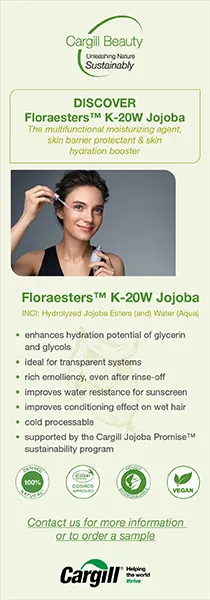Venomous beauty: Animal toxins explored for cosmeceuticals

A study has analyzed how animal venoms from bees, snakes, spiders, and salamanders may hold cosmeceutical potential. The compounds have promising anti-aging, skin healing, and facial muscle relaxation properties.
As bioactive compounds are increasingly explored for cosmetic products, cosmeceuticals have emerged, linking skin care and pharmaceuticals. Animal venoms have been traditionally used in medicine, but their role in cosmetic formulations has been “underexplored,” say the researchers.
The authors point to the success of botulinum toxin, which is widely used in dermacosmetics to reduce facial wrinkles. Although not sourced from animal venom, the scientists argue that its success has sparked interest in other neuromodulatory proteins — biologically active molecules that alter functions of natural circuits and neurons, modulating how nerve cells respond to signals.
Venoms in cosmetics
The review, published in Toxicon, says that the cosmetics industry’s interest in bee venom and snake-derived peptides is growing for multiple applications. Bee and snake venom are also the most studied, with additional reports on toxins from spiders and salamanders.
“Across venomous taxa, a recurrent pharmacological theme is the interaction with ion channels, membrane receptors, and intracellular signaling cascades, which leads to the recognition of venoms as a potential source of compounds with dermatological relevance,” reads the study.
It means that these interactions may influence the function of skin cells, such as stimulating collagen production, reducing inflammation, relaxing muscles, or healing tissue.
 The review says bee venom improves the skin’s appearance, including fine lines, wrinkles, hyperpigmentation, dark spots, dryness, and overall skin health.Most of the articles in the review, 17 out of 24, studied bee venom. They found that in cosmetic formulations, bee venom can improve the skin’s appearance, including fine lines, wrinkles, hyperpigmentation, dark spots, dryness, and overall skin health.
The review says bee venom improves the skin’s appearance, including fine lines, wrinkles, hyperpigmentation, dark spots, dryness, and overall skin health.Most of the articles in the review, 17 out of 24, studied bee venom. They found that in cosmetic formulations, bee venom can improve the skin’s appearance, including fine lines, wrinkles, hyperpigmentation, dark spots, dryness, and overall skin health.
“Skin care products with bee venom, propolis, honey, beeswax, and royal jelly make skin silky smooth, contribute to hydration, brighten and nourish the skin, even the skin tone, reduce the visibility of wrinkles, improve skin elasticity, and smooth wrinkles,” says the study.
In one study, salamander peptides showed antioxidant activity that could be applied to cosmetics. Snake peptides showed potent effects for wrinkles and anti-aging applications, with data from six studies.
The review only included one study on spider venom, finding that “a polyamine from spider venom is a melanogenesis inhibitor with special potential for use in black and mixed skins.”
The study also points out the importance of ethics. “The collection of venom from animals such as snakes, bees, and spiders must adhere to ethical guidelines to prevent harm to wildlife populations.”
It says sustainable harvesting practices and synthetic alternatives are increasingly being explored to mitigate these concerns, but further research is needed to establish viable methods that balance efficacy with ecological responsibility.
“Given the increasing interest in biologically active skin care ingredients, further research is warranted to explore the full potential of venom-derived cosmetoxins,” the researchers note.












